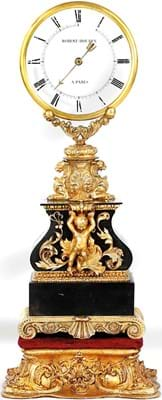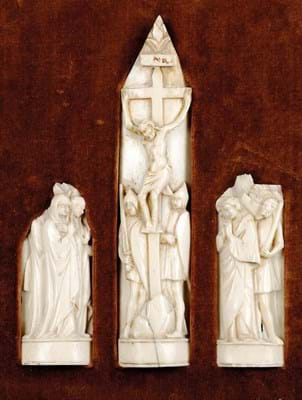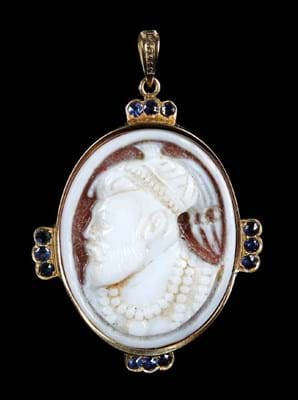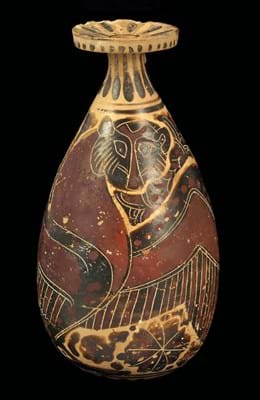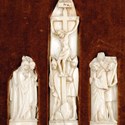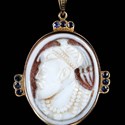Hammer highlights
As discussed by Derek Roberts in Mystery, Novelty & Fantasy Clocks, from 1831-44 Houdin produced five distinct types of mystery clock at his workshop in Blois, all functioning in different ways and for different effect.
With its transparent glass dial and a single hand that appears to move of its own accord, the 16in (40cm) gilt and patinated bronze clock offered by Chiswick Auctions (22% buyer’s premium) on December 13 belongs to the second series.
These were first exhibited in London in 1838 and in Paris the following year when many speculated that the clock was driven by electromagnetism.
In fact, the twin-train striking movement (here fully signed) powers a gear concealed within the dial frame which in turn moves the hand.
A very similar clock with transparent dial was offered by Bonhams New York as recently as June 2016 where it took $20,000.
This example, pitched at £10,000- 15,000, was also in good original condition and made just a little less, selling to a buyer from continental Europe at £14,000.
Off the beaten track
This was the third sale at Chiswick for former Bonhams specialist Rachael Osborn-Howard and it included some pleasing results for items off the beaten track of the typical regional furniture sale.
Three late 14th or early 15th century carved bone panels depicting the Crucifixion, later mounted in a velvet clad, gilt frame improved upon hopes of £300-500 to bring £3600. They had come in via a walk-in valuation.
Probably from an altarpiece made by the Embriachi workshop of ivory carvers in Florence and Venice, they had been in the same family since before the Second World War.
The catalogue pointed to a near identical group of carvings sold by Sotheby’s in New York.
A sardonyx cameo carved portrait relief of Shah Jahan (1628-58) was thought to be a 19th century homage but the design at least relates to a series of 17th century cameos perhaps produced by Europeans working in the Mughal court.
An example from c.1630-40 showing the emperor in profile wearing an elaborate turban with pearls, tunic and jewels is in the Victoria and Albert Museum. Another was sold by Bonhams in 2003 for £520,000.
Chiswick’s copy was mounted within an oval gold and sapphire frame with hallmarks for Gustav Dahlgren & Co, Malmö, Sweden, 1927. It sold at £4200.
The in and out things
Fashion plays a role in the performance of any sale.
It was outstanding quality, but an Italian (probably Florentine) ebonised, ivory and hardstone inlaid cabinet on stand from the second half of the 19th century was a difficult item to place.
Across its arrangement of drawers, cupboards and compartments was Berainesquestyle ivory inlay of satyrs, caryatids, masks and putti punctuated by medallions of hardstone inlay. It measured 1.8 high x 1.29m wide. Estimated at £10,000-15,000 (it would be easy to point to other examples sold a decade ago for considerably more), it fell below hopes to a London buyer at £9000.
Interior thinking
Of no great age or craftsmanship, but perfect for the interior decorating market, was a pair of mid-20th century French gilt metal and glass candelabra attributed to Maison Bagues.
Standing (43cm) high, each is modelled as a baluster vase issuing upward scrolling branches hung with faceted, pear-shaped drops.
A similar pair sold at Christie’s South Kensington in July 2012 for £2600 and these did even better at Chiswick, selling at £3200.

